The Process of Setting Up and Calibrating Your Flow Wrap Packing Machine
The Process of Setting Up and Calibrating Your Flow Wrap Packing Machine: A Comprehensive Guide
Flow wrap packing machines are essential for packaging a wide range of products, ensuring their safety and presentation. To ensure optimal performance and accuracy, it is crucial to properly set up and calibrate the machine. This comprehensive guide will walk you through the process, guaranteeing that your flow wrap packing machine operates at its peak efficiency.
Step 1: Mechanical Setup
Before powering on the machine, it is vital to ensure its proper mechanical setup. This involves:
– Unpacking the machine and placing it on a stable surface.
– Assembling any required components, such as the unwinding stand and conveyor belt.
– Adjusting the machine’s feet to level it.
– Connecting all electrical components securely.
Step 2: Film Loading
Loading the film onto the machine is crucial for creating consistent and reliable packages. This process includes:
– Selecting the appropriate film type and thickness for the products being packaged.
– Centering the film roll on the unwinding shaft and securing it.
– Adjusting the film tension to ensure smooth unwinding and prevent tearing.
– Threading the film through the forming tube and sealing jaws.
Step 3: Machine Settings
The machine’s settings must be adjusted to match the specific packaging requirements. This involves:
– Setting the conveyor speed to accommodate the required packaging rate.
– Adjusting the sealing time and temperature to ensure secure seals.
– Configuring the film feed length to determine the package size.
– Setting the air pressure to create the desired package shape.
Step 4: Calibration
Calibration is essential for ensuring accurate and reliable package sizes. This involves:
– Using a reference item to determine the appropriate sealing and cutting positions.
– Adjusting the sealing jaw alignment to ensure precise sealing.
– Setting the cutting blade position to create clean and consistent cuts.
– Fine-tuning the film feed and registration to minimize variations in package size.
Step 5: Test Run
Once the machine is set up and calibrated, it is crucial to conduct a test run to verify its functionality. This involves:
– Running a series of packages through the machine.
– Checking the package size, seal quality, and overall appearance.
– Making minor adjustments to the settings as needed to optimize performance.
Setting up and calibrating a flow wrap packing machine is a multi-step process that requires attention to detail and careful execution. By following these steps, you can ensure that your machine operates smoothly and accurately, providing consistent and reliable packaging for your products. Regular maintenance and occasional recalibration will maintain the machine’s optimal performance, maximizing efficiency and minimizing downtime.
-
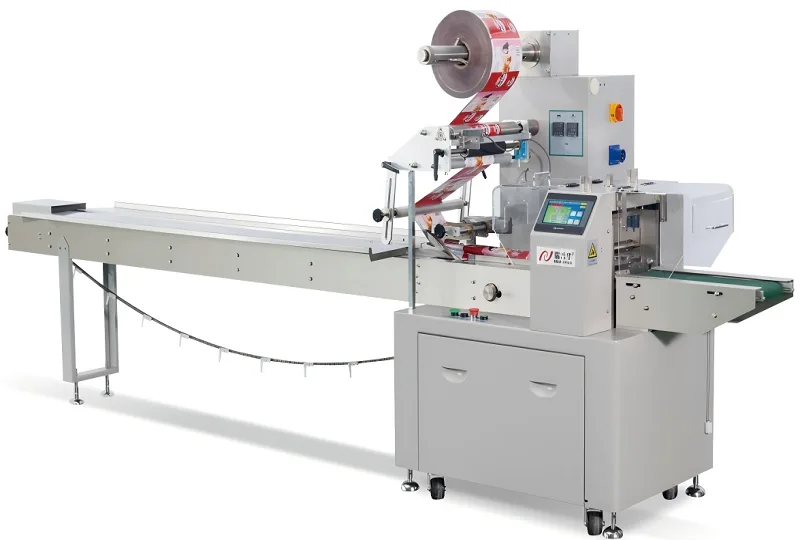 01
01Automatic Tray Loading and Packaging Equipment: Boost Efficiency to 160 Bags/Minute
21-11-2025 -
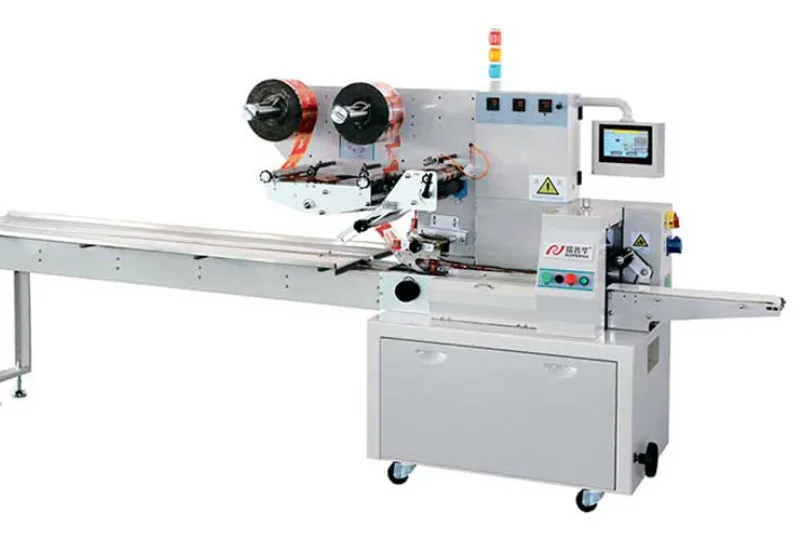 02
02Automatic Soap Packaging Machine: Boost Productivity with 99% Qualification Rate
21-11-2025 -
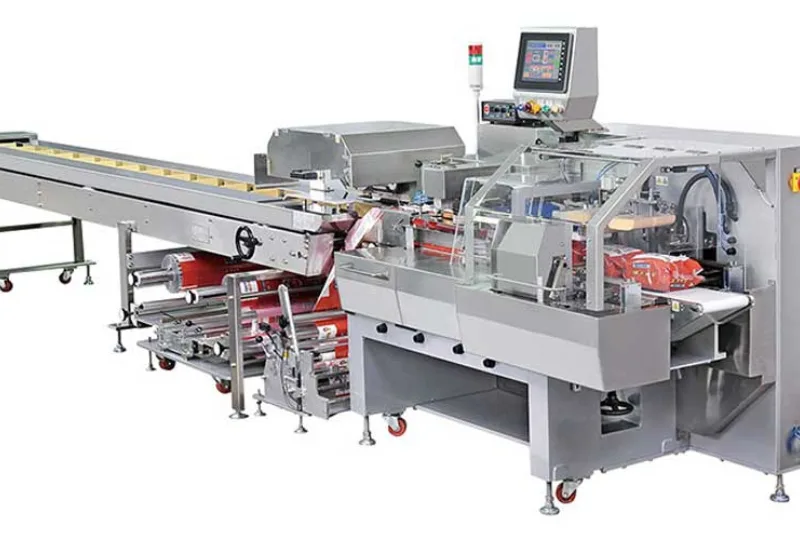 03
03A Deep Dive into Automatic Toast Processing and Packaging System
18-11-2025 -
 04
04The Future of Bakery Production: Automated Toast Processing and Packaging System
18-11-2025 -
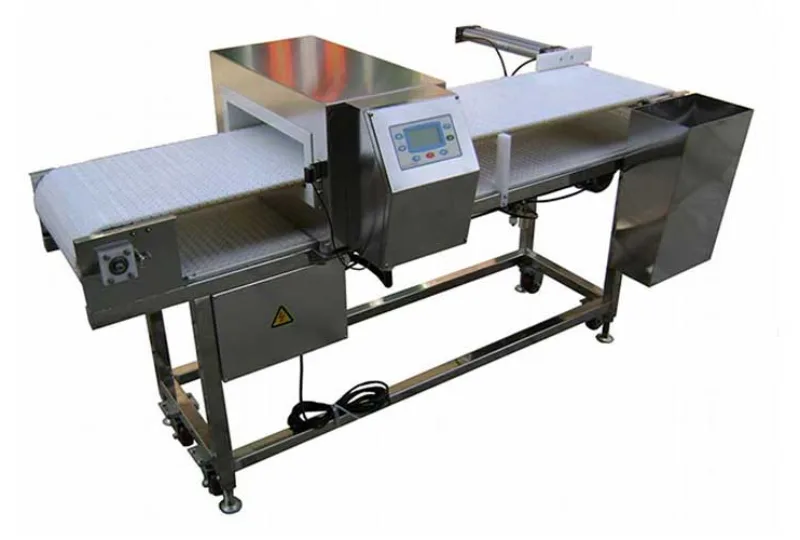 05
05Reliable Food Packaging Solutions with China Bread, Candy, and Biscuit Machines
11-10-2025 -
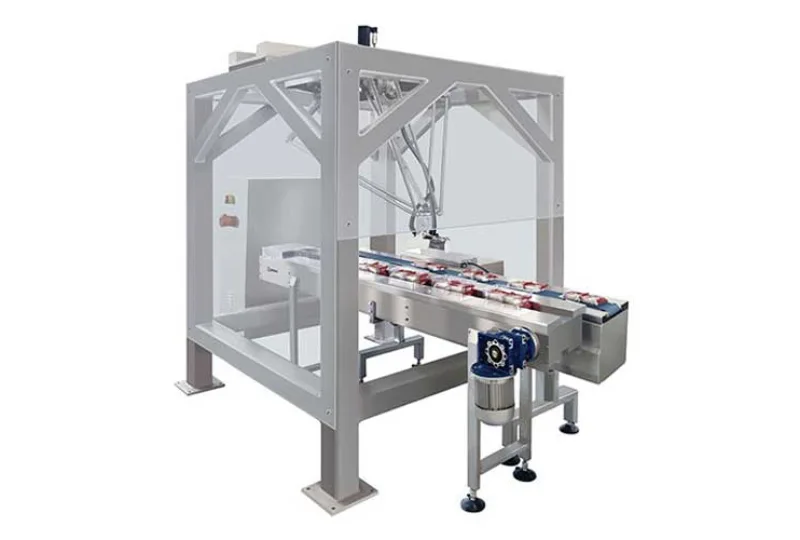 06
06High-Performance Automated Food Packaging Equipment for Modern Production
11-10-2025 -
 07
07Reliable Pillow Packing Machines for Efficient Packaging Operations
11-10-2025 -
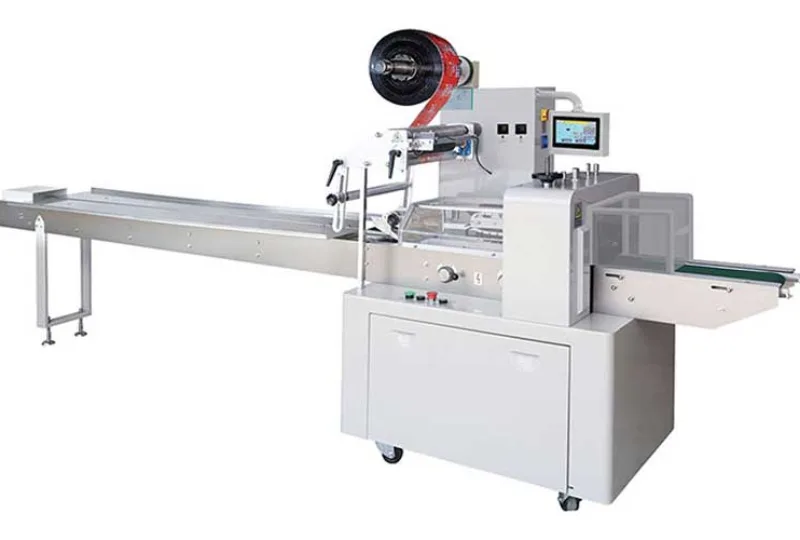 08
08Advanced Fully Automatic Packaging Solutions for Efficient Production
11-10-2025 -
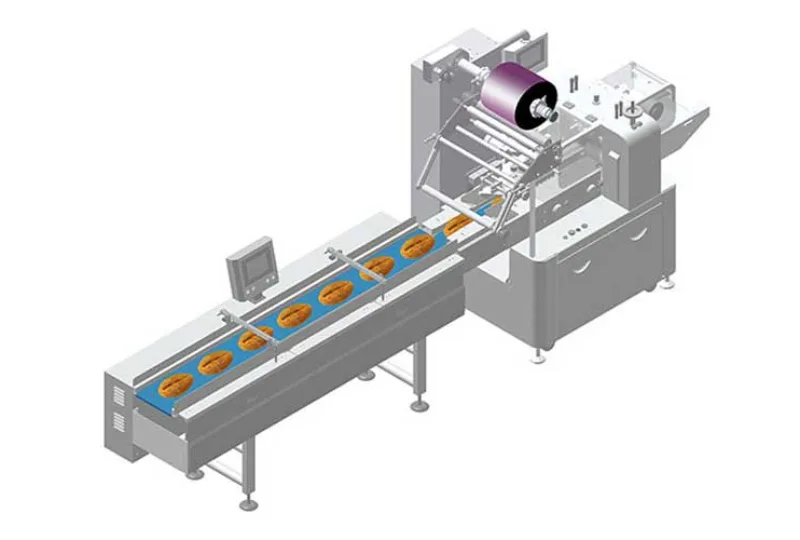 09
09Efficient Automatic Food Packaging Solutions for Modern Production
11-10-2025 -
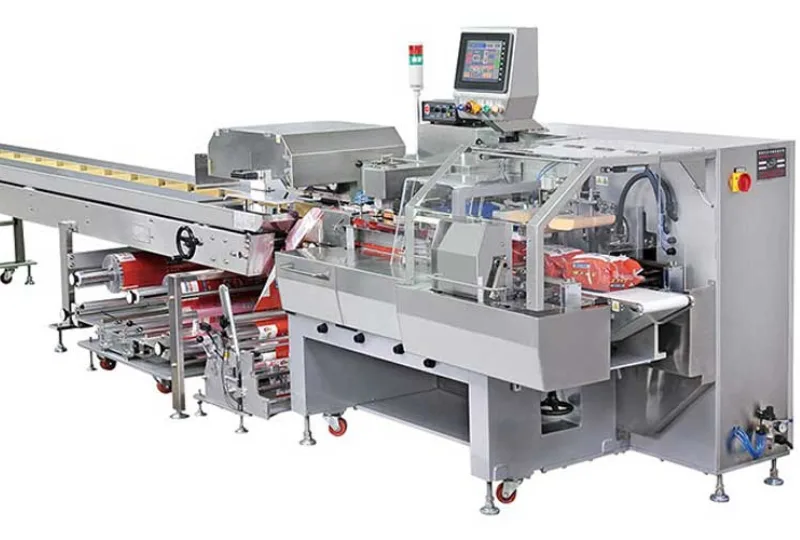 10
10Advanced Automatic Packaging Equipment for Efficient Production
11-10-2025






